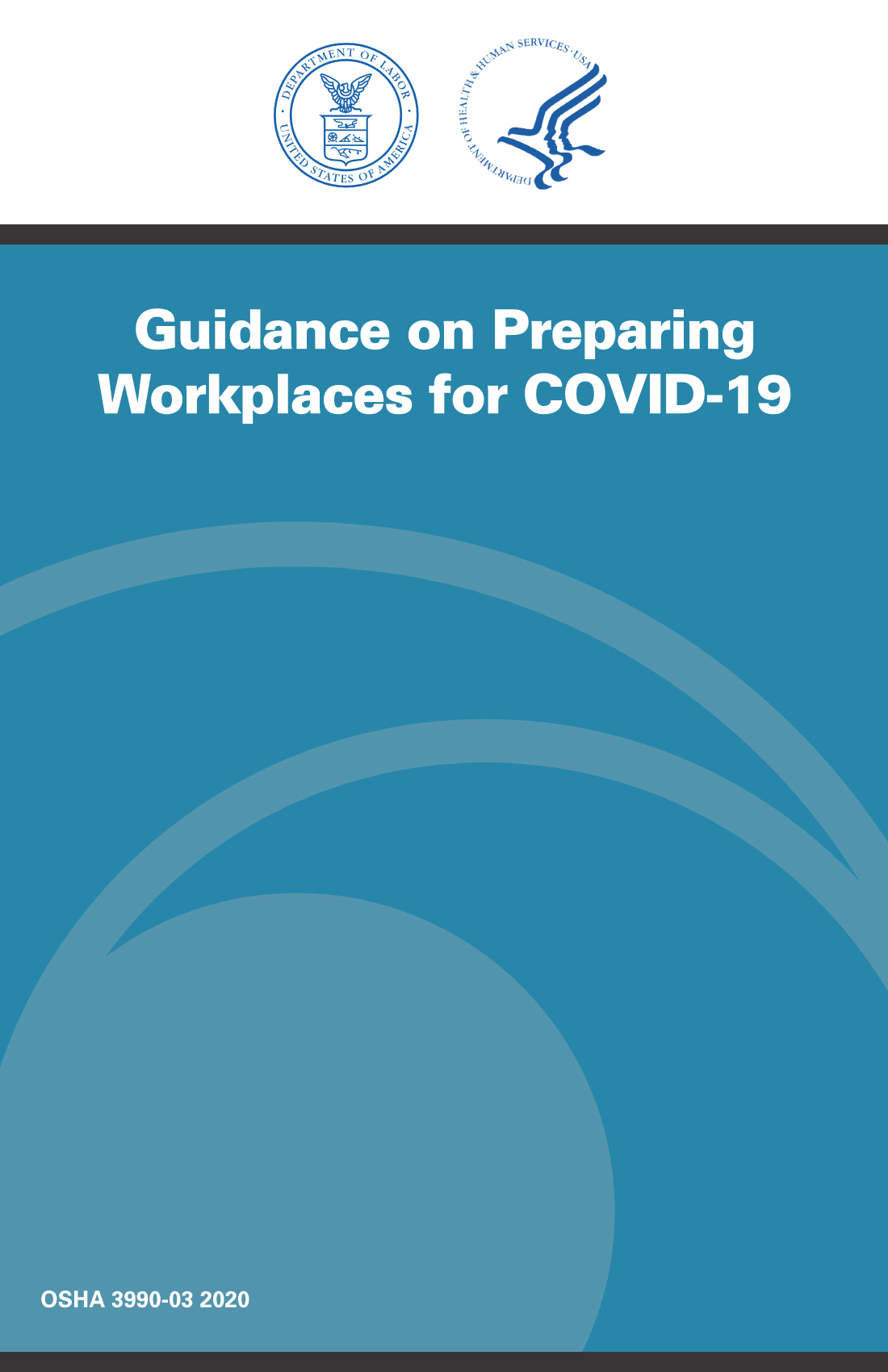As stay-at-home regulations are scaled back and all businesses are allowed to resume as normal, employees will be asked to come back to work. While they may not be coming back from an injury or leave, employers need to have a plan in place for all employees to safely and successfully return to work.

While employers may need to tailor their organization’s COVID-19 return-to-work plan to employees’ specific needs (e.g., child care arrangements, caregiving responsibilities and health issues), having a generalized plan in place can help them safely reopen their business.
A COVID-19 return-to-work plan should include the following:

Anticipated return-to-work date
With the uncertainty that COVID-19 has brought, it’s important to give clear information and dates when employees are to return to work whenever possible. Be sure to be flexible with dates, though, as local and state orders are frequently updated.
Anticipated return-to-work date
With the uncertainty that COVID-19 has brought, it’s important to give clear information and dates when employees are to return to work whenever possible. Be sure to be flexible with dates, though, as local and state orders are frequently updated.
- Cleaning and disinfecting all frequently touched surfaces in the workplace, such as workstations, keyboards, telephones, handrails and doorknobs.
- Discouraging workers from using other workers’ phones, desks, offices, or other tools and equipment, when possible. If necessary, clean and disinfect them before and after use.
- Providing disposable wipes so that commonly used surfaces can be wiped down by employees before each use.
Social Distancing Protocol
Social distancing is the practice of deliberately increasing the physical space between people to avoid spreading illness. In terms of COVID-19, social distancing best practices for businesses can include:
- Avoiding gatherings of 10 or more people
- Instructing workers to maintain at least 6 feet of distance from other people
- Hosting meetings virtually when possible
- Limiting the number of people on the job site to essential personnel only
- Discouraging people from shaking hands.
Employee Screening Procedures
To keep employees safe, consider conducting screening procedures to identify potentially ill employees before they enter the office. The Equal Employment Opportunity Commission (EEOC) permits employers to measure employees’ body temperatures before allowing them to enter the worksite. Any employee screening should be implemented on a nondiscriminatory basis, and all information gleaned should be treated as confidential medical information under the Americans with Disabilities Act—specifically, the identity of workers exhibiting a fever or other COVID-19 symptoms should only be shared with members of company management with a true need to know. Be sure to notify employees of the screening process to avoid any surprises.Mental Health Considerations
The COVID-19 pandemic has increased stress levels of employees across the country. It’s important that an employer’s return-to-work plan includes guidance for managing employee mental health concerns when employees return to work.

Process for Individualized Requests
Employees will be returning to work and facing different situations at home or with their health. An employer’s return-to-work plan should include information about how employees can go about making individualized requests for changes to a return-to-work plan.
Some may have underlying health conditions that put them at greater risk of severe illness with COVID-19, meaning they may not be able to fully return to work. Others may be facing unique child care arrangements due to schools and day cares being closed. Employers should be flexible and compassionate in response to individualized requests.
Employee Safety Training
A return-to-work plan should include detailed safety training guidance to ensure that all employees understand how they can prevent the spread of COVID-19. The plan should discuss the following safety training topics:Businesses should encourage good hygiene to prevent the spread of COVID-19. This can involve:
-
- Providing tissues and no-touch disposal receptacles
- Providing soap and water in the workplace
- Placing hand sanitizers in multiple locations to encourage hand hygiene
- Reminding employees to not touch their eyes, nose or mouth
PPE is equipment worn by individuals to reduce exposure to a hazard such as COVID-19. Businesses should focus on training workers on proper PPE best practices. Employees should understand how to properly put on, take off and care for PPE. Training material should be easy to understand and must be available in the appropriate language and literacy level for all workers.
Encourage employees to err on the side of caution if they’re not feeling well and stay home when they’re sick or are exhibiting common symptoms of COVID-19 (e.g., fever, cough or shortness of breath).








